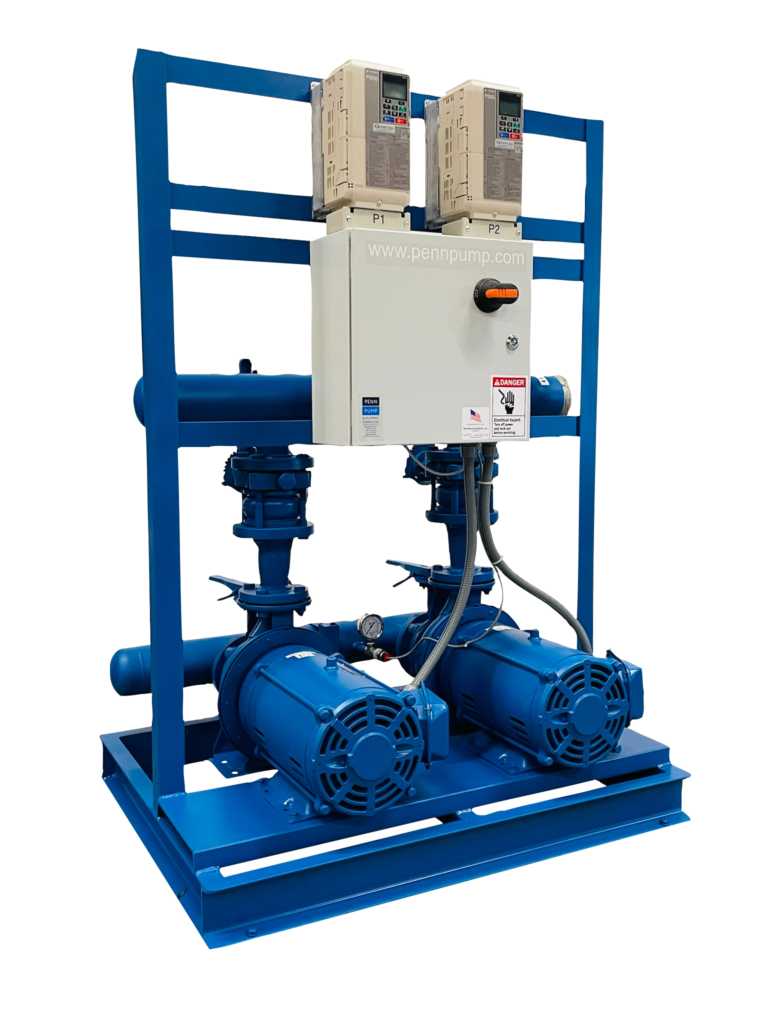System Sizing Worksheet
Instructions: Follow steps 1 and 2 to select the proper water pressure booster systems.
STEP 1
Since municipal water pressure is often sufficient to handle the needs of many buildings, first determine if a water
pressure booster system is required.
| Project Criteria | PSI |
| A. Pressure required at the highest outlet | |
| B. Static Head from Pump Package Inlet (Elevation in feet x .433psi/ft) | |
| D. Pressure loss through building system components such as water filters. softeners, etc. | |
| F. Subtract the minimum suction pressure at the pump The minimum pressure after water meter and backflow preventer |
Fixture Flow Units
STEP 2
Instructions: Use this table to determine peak flow capacity. Do not include fixtures not serviced
by the water pressure booster system.
| Fixture | Occupancy | Load in Fixture Units | x | Number of Fixtures |
| Bathroom Group F.V. * | Private | 8 | x | |
| Bathroom Group F.T.* | Private | 6 | x | |
| Water Closet F.V.* | Public | 10 | x | |
| Water Closet F.T* | Public | 5 | x | |
| Urinal-Stall or Wall | Public | 5 | x | |
| Lavatory | Public | 2 | x | |
| Bathtub | Public | 7 | x | |
| ShowerHead Each ** | Public | 7 | x | |
| Kitchen Sink | Public | 7 | x | |
| Service Sink | Public | 3 | x | |
| Clothes Washer | Private | 2 | x | |
| Clothes Washer | Public | 4 | x | |
| Dishwasher | Public | 6 | x | |
| Drinking Fountain | Public | 2 | x | |
| 3/4″ Connection | Public | 6 | x | |
Building Type |
School/Apartment/Office | |||
| Hotal | ||||
| Hospital |
Pump split: |
|||
Duplex pump split |
100/100 | 65/65 | 50/50 | |
Triplex Pump split |
35/35/35 | 50/50/50 | ||
not add a fixture unit to the group
Modal will be an estimate please contact sale person for exact modal.
Added Service – Flow required for any special duty such as future expansion, irrigation systems,
and cooling tower evaporation make up (Use (1) GPM per 20 tons cooling).
Laundries – In the case of hotels and hospitals, where a laundry is operated, increase the total
pumping
capacity by 10%.

